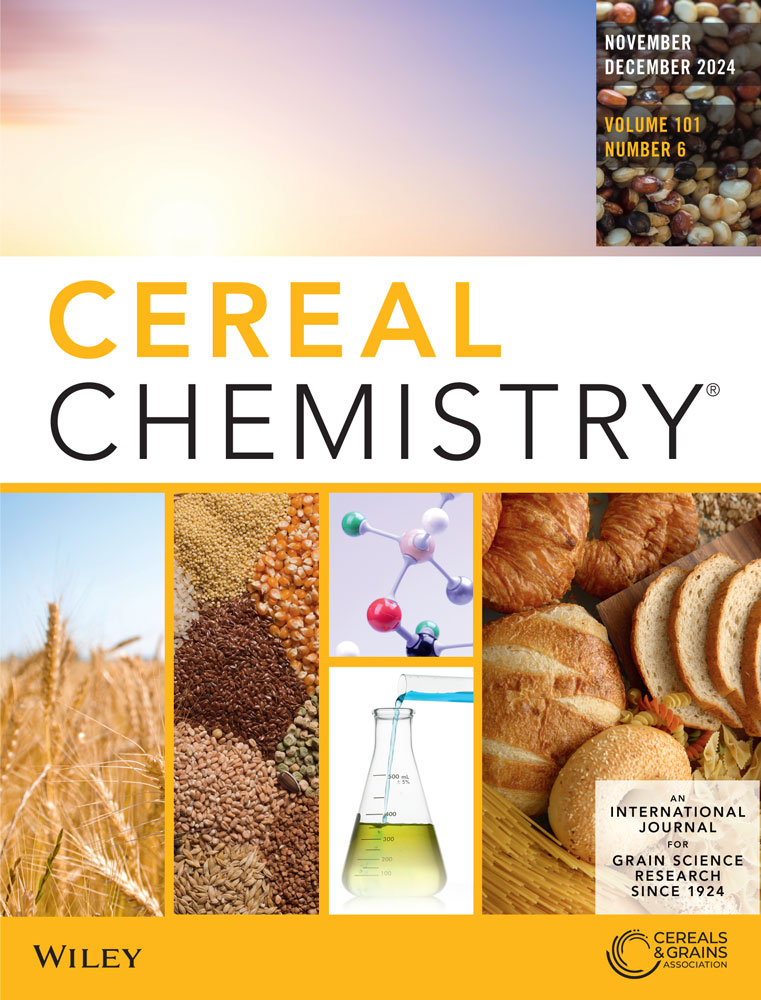Multiscale structural characterization, physicochemical properties, and in vitro digestibility of pea starch produced by two different processes
Abstract
Background and Objectives
Dry grinding pea starch (DG) and wet grinding pea starch (WG) are two primary industrial starches with significantly different structures, physicochemical properties, and application potentials. To date, there have been no detailed studies examining these differences. Therefore, the aim of this study was to (i) investigate the effects of dry grinding and wet grinding on the structure of pea starch, and (ii) examine how the structure of pea starch influences its physicochemical properties and digestibility.
Findings
The crystallinity (35.75%), medium and long amylopectin (AP) chains (22.00%), swelling power (17.23 g/g), gelatinization temperature (76.4°C), and gelatinization viscosity (5585.0 cP) of WG were higher than those of DG (24.29%, 20.36%, 16.90 g/g, 75.9°C, and 5196.3 cP). In contrast, the average particle size (APS) (24.31 μm), resistant starch content (45.80%), and gel hardness (509.70 g) were lower than those of DG (25.68 μm, 52.13%, and 617.53 g).
Conclusions
Significant structural differences exist between WG and DG, with APS and AP chain length distribution being the primary factors contributing to the distinct physicochemical characteristics of the two pea starches.
Significance and Novelty
This is the first detailed comparison of the properties of commercial pea starch produced by two different processes. The results provide theoretical insights that underpin the use of pea starch in functional foods and promote the development of new starch-based products.

 求助内容:
求助内容: 应助结果提醒方式:
应助结果提醒方式:


